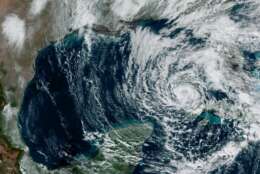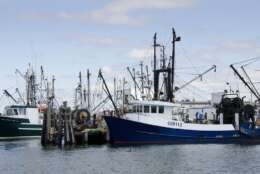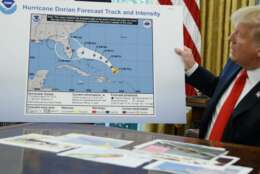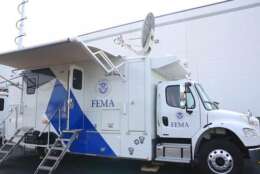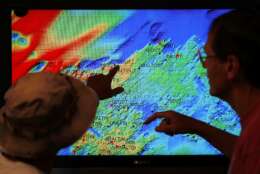National Oceanic and Atmospheric Administration
-
As more agencies begin exploring how artificial intelligence can benefit their missions, one question keeps coming up: how to prioritize the potential use cases to get the best return on investment, and best serve their constituents?
March 01, 2021 -
In today's Federal Newscast, officials at the Justice Department are sending a warning to government contractors, they will be turning up the False Claims heat on cybersecurity fraud.
February 24, 2021 -
Best listening experience is on Chrome, Firefox or Safari. Subscribe to Federal Drive’s daily audio interviews on Apple Podcasts or PodcastOne. The National Oceanic and Atmospheric Administration has signed on Google to help it find ways to make…
December 07, 2020 -
Debris orbiting the Earth is getting out of hand and the military thinks businesses can help solve the problem.
November 18, 2020 -
NOAA’s network modernization will also build additional resiliency into its communications, an essential capability for an agency that has seen near-record levels of economic devastation brought on by natural disasters. At least 16 disasters this year have resulted in billion-dollar recoveries.
November 17, 2020 -
The Army is using machine learning to build a retention prediction model, which determines the likelihood of personnel staying in the service.
November 11, 2020 -
“Our organization has about 4,000 people scattered in about 50 locations. And thanks to COVID, it’s become 4,000 locations,” said Roy Varghese, the chief information officer at NOAA Fisheries.
October 20, 2020 -
Chi Kang, deputy director for Operations in NOAA’s Cyber Security Division, talked about how the agency made the pandemic shift to large-scale telework and how its modernizing legacy network systems.
September 22, 2020 -
Sometimes contractors surprise you with how good a job they did. That was the case for the National Oceanic and Atmospheric Administration.
August 14, 2020 -
The National Academy of Public Administration sorted out Trump administration appointed officials at NOAA contradicting the National Weather Service.
July 09, 2020 -
Viable communications are necessary for disaster response efforts. That’s why FEMA’s 2018-2022 Strategic Plan puts an emphasis on resiliency and redundancy for these systems.
July 08, 2020 -
Though federal disaster preparedness and response agencies tend to hold up experiential training as the gold standard, the coronavirus pandemic is prompting a pivot to virtual training.
July 07, 2020 -
When it comes to gathering data, the National Oceanic and Atmospheric Administration is one of the most network-intensive agencies you’ll find.
July 07, 2020 -
Lifecycle costs at agencies that operate ships, aircraft, satellites can be predicted and kept under control.
July 07, 2020 -
In recent months, NOAA has inked agreements with to extend the agency's capabilities to explore and map the deepest parts of the ocean.
May 22, 2020



